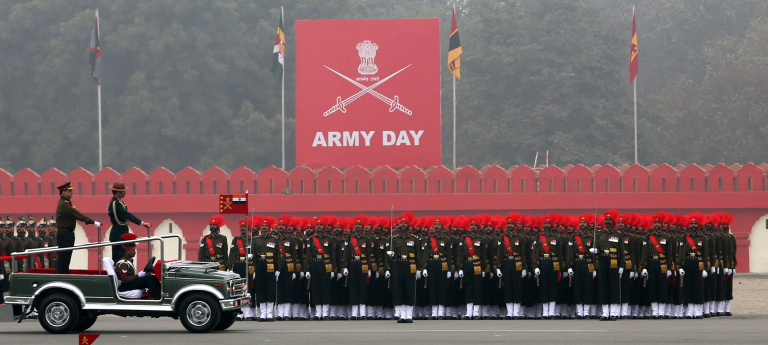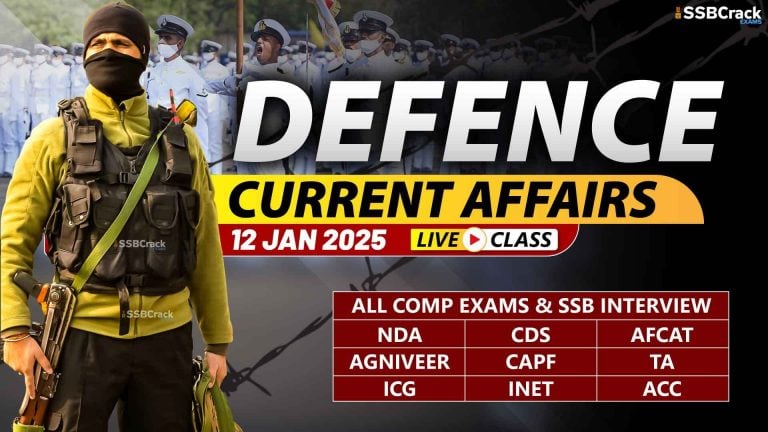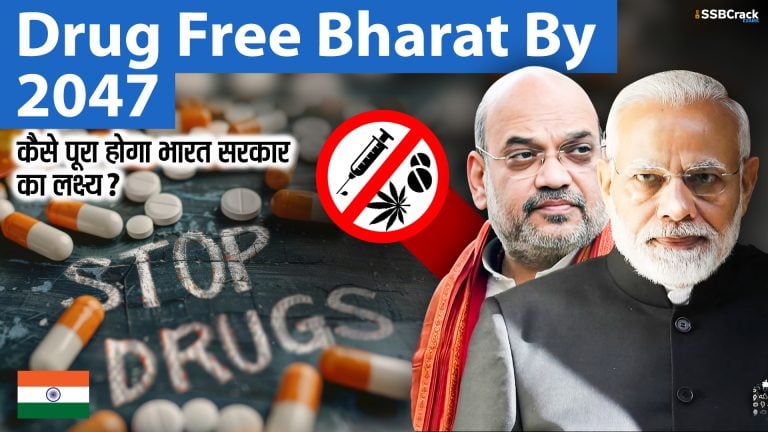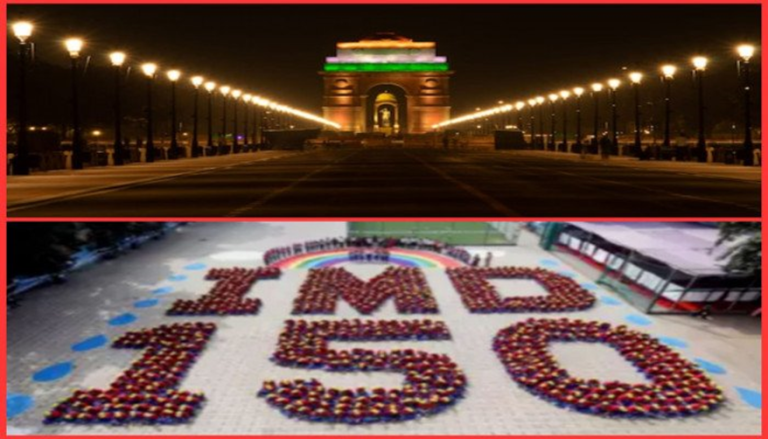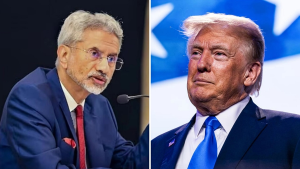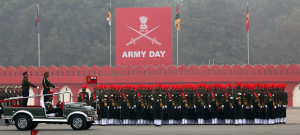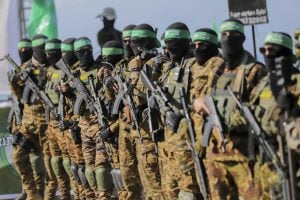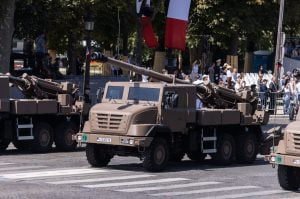Army chief General Upendra Dwivedi on Wednesday embarked on his five-day visit to Nepal with a focus on bolstering defence partnership and exploring new areas of collaboration between the two countries.
Agnipath Shadow Over Army Chief’s Visit To Nepal
Army chief General Upendra Dwivedi on Wednesday embarked on his five-day visit to Nepal with a focus on bolstering defence partnership and exploring new areas of collaboration between the two countries. Kathmandu refused to allow its youth to join the Indian armed forces under the Agnipath scheme, even as China assiduously continues to make deep strategic inroads into the landlocked Himalayan country.
This year alone, for instance, over 300 Nepal Army personnel have been trained in Indian military establishments, while New Delhi has also been supporting Kathmandu in its military modernization by supplying hardware and software, including small arms, vehicles, and advanced training simulators. The scope and complexity of the annual Surya Kiran joint military exercise, the 18th edition of which will be held in Nepal next month, is also being expanded to enhance the interoperability and synergy between the two armies.
“Taking the Covid-19 pandemic also into account, Nepal-domicile Gorkhas have not been recruited into the Indian Army, including the seven illustrious regiments of the Gorkha Rifles, for almost five years now. This does not augur well for bilateral relations. The two govts must work out a mutually acceptable solution,” a senior officer said. This becomes especially important given China’s fast-expanding arc of influence in Nepal, which has also hopped onto the former’s Belt and Road Initiative. Moreover, Nepal PM K P Sharma Oli is slated to head for China early next month on his first bilateral foreign visit, in yet another break from long-standing tradition of visiting India first.
It was in 1947 that the Indian Army began recruiting Nepalese Gorkhas under the Tripartite Agreement signed with Nepal and the UK. There are currently around 30,000 Nepali citizens serving in the Indian Army, with another 90,000 ex-servicemen also drawing their pensions from the force. The Gorkha Rifles are now trying to step-up recruitment of Indian-domicile Gorkhas from Darjeeling, Dehradun, Dharamshala and other places, who are supposed to constitute 40% of the troops, as well as some Garhwalis and Kumaonis but are finding it extremely difficult to meet the shortfall.
“The future looks bleak. In another 10-11 years, the last of the Nepali Gorkhas will retire from our Army,” another officer said. That will end the rich legacy and strong ties that originally began when Maharaja Ranjit Singh first raised a battalion of Gorkhas to serve in his Army around 1809-1814, with the British Army following suit soon after.
Indian Army Chief Gen Upendra Dwivedi arrived here on Wednesday on an official visit to Nepal during which he will be conferred the honorary rank of “General of the Nepal Army” in continuation of an age-old tradition that first started in 1950, reflecting the strong ties between the two militaries. Nepal shares a border of over 1,850 km with five Indian states – Sikkim, West Bengal, Bihar, Uttar Pradesh and Uttarakhand.






